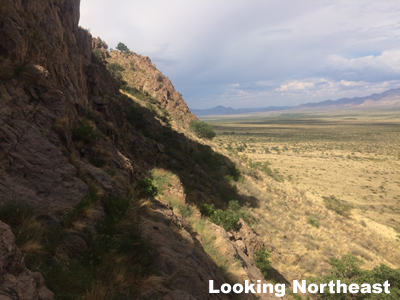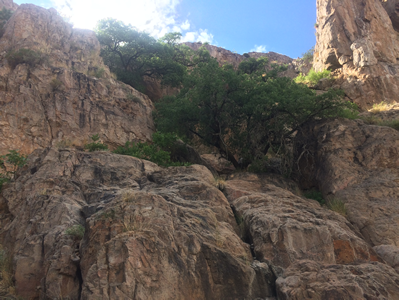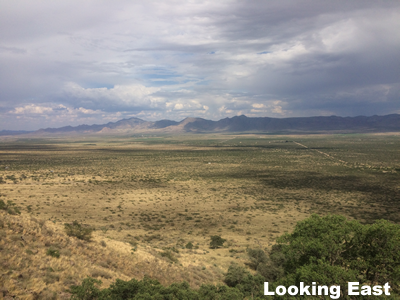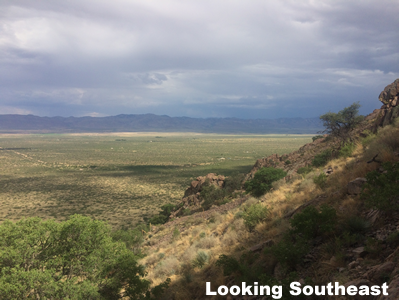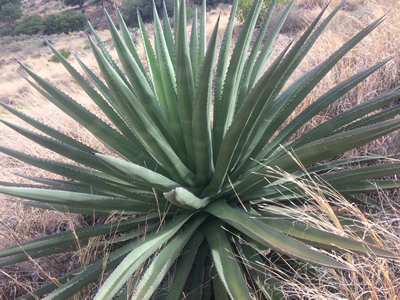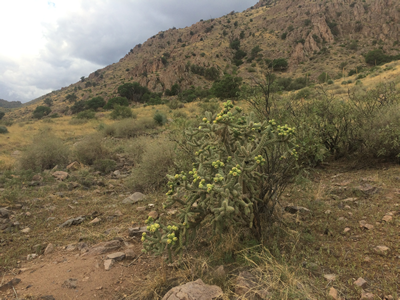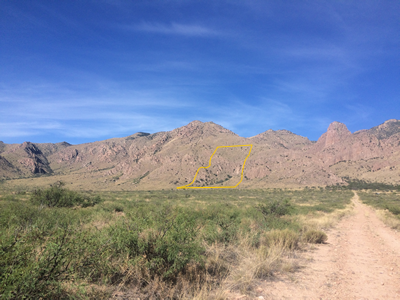 In September 2018, Biosynomics Institute closed on a 40 acre parcel of land that ajoins the Coronodo National Forest on the eastern slopes of the Chiricahua Mountains. Roughly half of the parcel is mountainous and the other half is suitable for building sites.
In September 2018, Biosynomics Institute closed on a 40 acre parcel of land that ajoins the Coronodo National Forest on the eastern slopes of the Chiricahua Mountains. Roughly half of the parcel is mountainous and the other half is suitable for building sites.
Description
The property is characterized by granite mountains covering approximately one third of the western portion. The mountains transition to bajada, which covers roughly another third, transitioning again to a gently sloping plane covering the eastern third of the parcel. Vegetation on the bajada and lower plain consists of grasses, mesquite, yucca, cacti, and various upland shrubs, as well as Gambell's Oak trees and other smaller native tree species confined largely to intermittent waterways.
There are two deep ravines (arroyos) that transect the property, one originating on the property, the other from a broad watershed largely to the north of the parcel. The deeper arroyo forms a small canyon where it cuts deep into the bajada near the mountains. This canyon supports many (>50) oak trees and will be an important source of captured rainwater. The smaller ravine is 3-4 meters deep and might be suitable for impoundment to create a pond, or for diversion to a permaculture orchard.
Advantages and Challenges for Construction
The property is extremely rocky, especially the western half. Buried rocks pose a challenge to excavation for foundations, postholes, and garden earthworks, but the abundance of suitable granite rocks and boulders is highly advantageous for construction of rock walls and stone foundations. We plan to purchase a skid steer and/or a backhoe-loader to facilitate the heavy lifting.
Gardening in the native soils will pose challenges, both because of the abundance of rocks and because the unstratified soils permit surface water to penetrate past the zone of root growth. We plan to sequester water near the surface using deep mulch beds and cover vegetation. This plan also solves many of the problems with obstructing rocks. Stones can be used to build retaining walls that hold mulch and rich soil in place, creating a sponge that retains moisture for permaculture gardens and fruit orchards.
If you want to learn how to grow a food forest in the desert, or how to build energy efficient homes, contact us. We are scheduling courses and activities for 2019 now.
